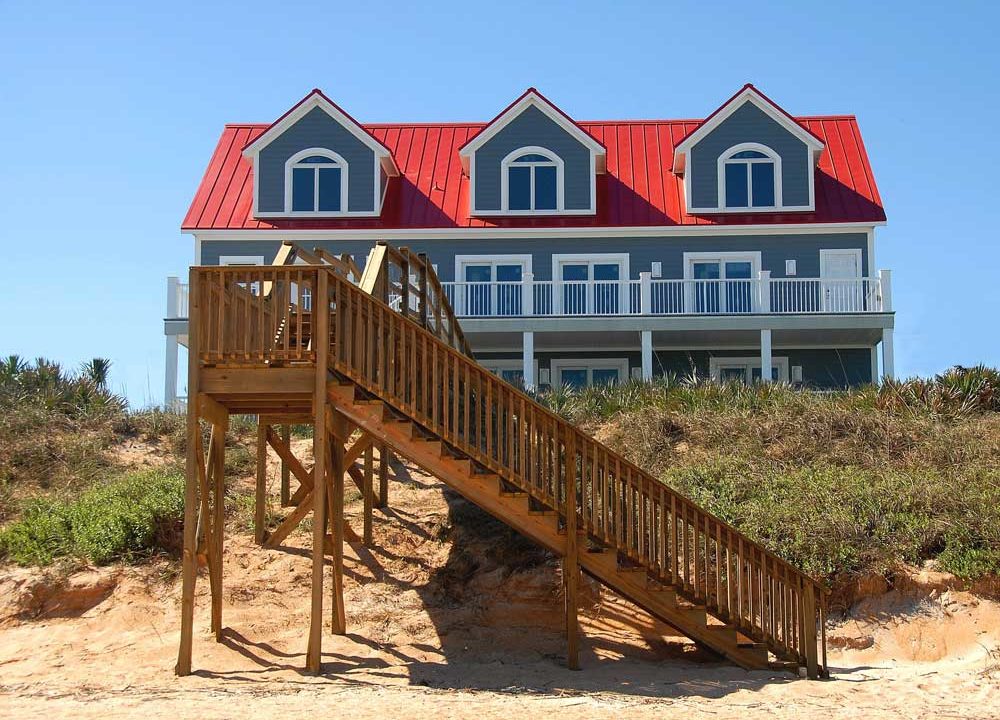
Are you curious as to how to build a vacation home? Rather than buy an existing property, you may wish to build your own vacation home. By doing so, you can build to your own personal specifications without inheriting the unique design quirks from the previous owner. For older homes, you also do not have to deal with asbestos, knob and tube wiring, lead paint and other issues. From the size, structure and layout of the home to the interior finishings, building your own vacation home affords you the opportunity to add your own personal touch. And while building a vacation home is much the same as building a primary residence, it also comes with its own unique set of considerations. In this articles we outline how to build a vacation home, taking into account these specific considerations.
Step 1: Acquire Land
The first, and perhaps most important step, is to purchase the land upon which your new vacation home will be built. If you already own land then you are ahead of the game. If not, be sure to complete a detailed budget of the land and building costs. After all, you will need to ensure that you will have enough funding to take you through every phase of the building process.
At this stage, you will also need to keep in mind your desired building structure (see Step 3 below) as there may be specific building limitations depending upon the state of the site. For instance, a steep, narrow lot overlooking the water will require different considerations from a large, flat lot in a flood plain. Or perhaps local regulations impose specific building requirements such as height restrictions or specific design elements.
Importantly, be sure to familiarize yourself with the neighborhood and area generally in order to ensure that you are comfortable with the location. After all, this is a place you will be returning to year after year.
Step 2: Obtain Construction Financing
The next step will be securing construction financing. Given that this will not be a traditional construction loan for a primary residence, its best to begin conversations with your lender earlier in the process. Every lender will have its own criteria for such properties and you may find that certain lenders will not loan money for these projects. Other lenders, on the other hand, may be more flexible. Keep in mind that most traditional banks will need to see a signed construction or purchase contract with your builder which will detail certain aspects that will impact your loan. Even so, its important to begin these conversations with your lender early before proceeding with the remaining steps.
Step 3: Prepare House Plans
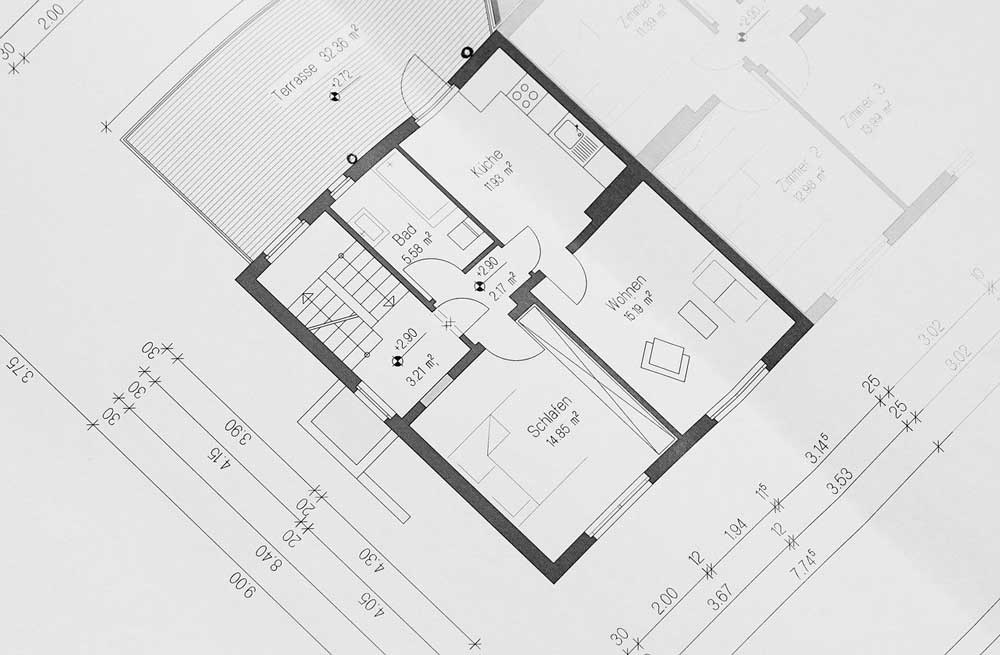
Picking your house plans is one of the most exciting steps to complete when building a vacation home. The intangible soon becomes tangible as the drawings leap off the page. Picking the right house plans is all the more important for vacation homes given the unique and varied geography and climate in vacation destinations. When choosing your house plans, you have two main options to choose from: (i) pre-made house plans and custom plans.
- Pre-made House Plans. Stock house plans from the internet typically cost $750 to $1,500 and there is lots to choose from. The cost is typically related to the size and features of the home. This is the most affordable and quickest approach. Keep in mind that you can always customize the plans to your liking. The cost of customization usually adds $0.75 to $1.00 per square foot to that amount.
- Custom Plans. By completing your own plans, you can choose a vacation home to suit your specific needs. Depending upon the build site, you may in fact need custom plans if there are limitations on the type of structure the land can support. Whatever the case, this option will afford you more freedom to choose the house of your dreams but is also more expensive. The cost to draft custom plans will likely be $1,500 to $3,500, again depending on the square footage.
You may also wish to hire an architect to assist with the plans and, in tandem with the build team, oversee construction. Some architects will charge an hourly rate whereas others will charge a fixed percentage of the overall project cost, typically 5-15%.
Step 4: Hire a Builder
While it may be possible to act as the owner-builder, unless you have sufficient construction experience, it will be important to hire a good contractor. A lot goes into building a house and a good general contractor will ensure that things stay coordinated and on track. From coordinating the various tradespeople to organizing the various municipal inspections, a general contractor has general oversight of the entire project. For this reason, a general contractor will typically charge between 10-20% of the construction cost.
For a vacation home, it is even more important to have a good contractor that is familiar with local building codes and municipal offices. They will also have a strong network of tradespeople in the area to perform trustworthy work. A good contractor will bring each of these items to the table and more.
Step 5: Prepare the Site for Construction
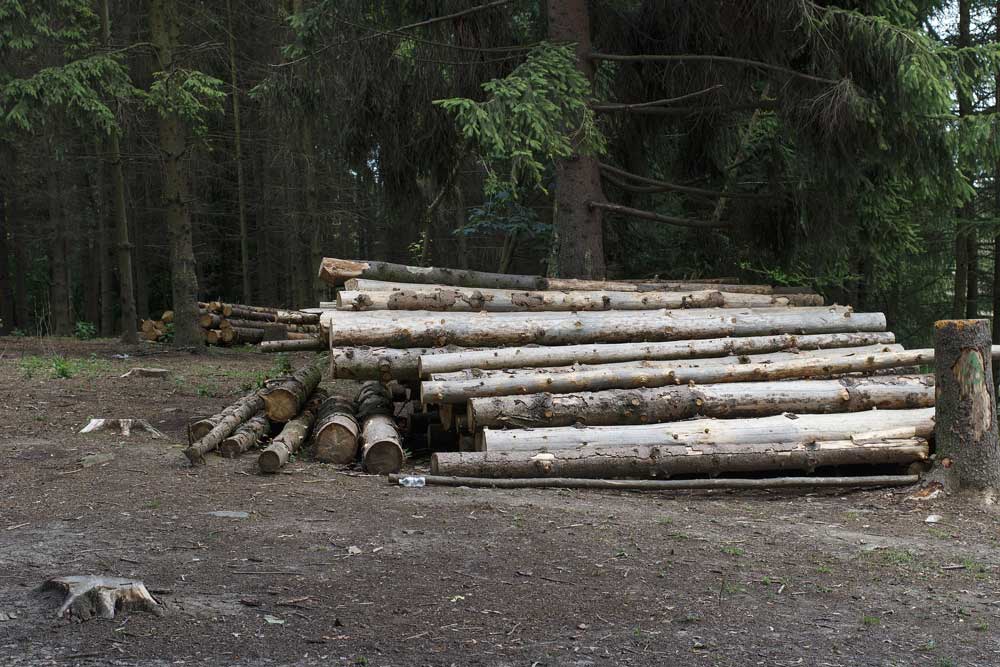
Before actual construction can begin, you will need to prepare the site. This may include removing any wooded areas, excavation of high spots or infilling of low spots. Alterations to the site’s topography may also need to be made to ensure proper water flow across the site. At this stage a surveyor will also stake out the lot and finalize boundaries.
Step 6: Construction
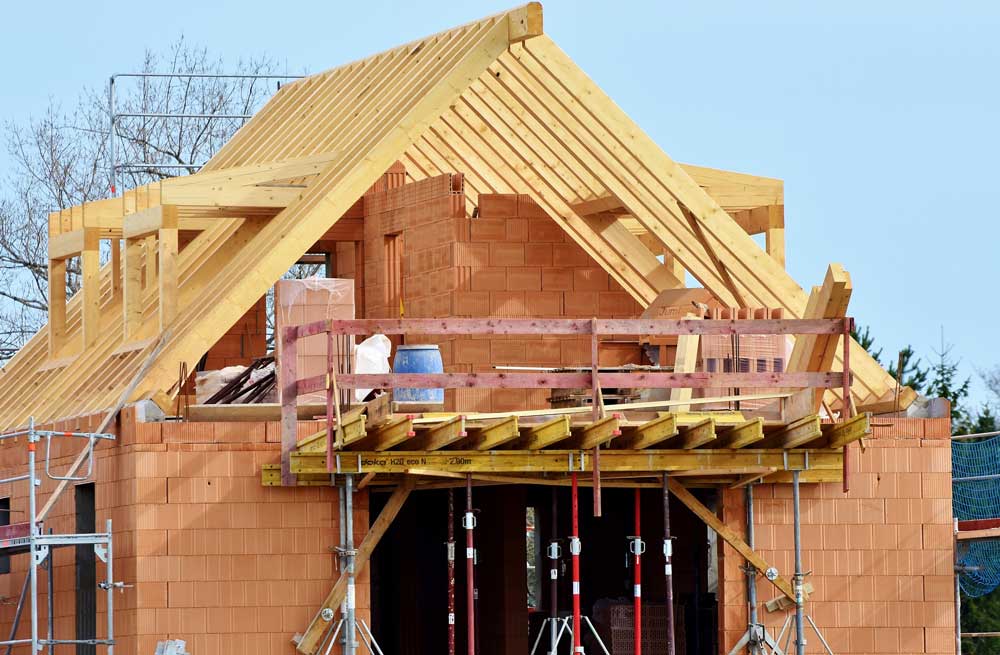
Finally you are ready for the construction phase of the project. The construction phase will involve the following principal steps:
- Laying the Foundation. Whether you are building a beach house on the shoreline or a ski-chalet in the mountains, the footings and foundation are key aspects of any vacation home build. In a typical construction project, footer boards are constructed to form the outline of the house and concrete is then poured.
- Framing, Siding and Roofing. At this stage, your builders will begin framing the house which will support the floor, walls and roof. From there, the exterior of the house is completed including siding and roofing.
- Electrical, Plumbing, Heating and Insulation. Electricians and plumbers will then complete their respective tasks and heating systems and insulation will be installed.
Useful Tip: This also presents an opportunity to install any relevant smart home features and energy efficient heating systems that may be especially relevant for vacation homes.
- Install Drywall and Trim. Drywall and trim will then be installed as your vacation home inches closer to completion.
- Painting and Finishing. Next, paint will be applied to the walls and trim and other finishing work will occur giving the interior of your home a more finished appearance.
- Installation of the Flooring and Countertops. The final step involves installing the flooring and kitchen and bathroom countertops. There are many flooring choices that are both functional and stylish for vacation homes. For a waterfront property, perhaps tile is a good choice over carpet or hardwood. For a remote cabin, hardwood may be a better choice. Similar considerations apply to granite countertops versus concrete, ceramic or hardwood.
Useful Tip: if you’re looking to save money, consider constructing certain exterior features such as a deck or dock yourself or postpone the build to a later date.
If you’re curious about what the construction process looks like from start to finish, watch this time lapse of a beautiful log home:
Step 7: Completion
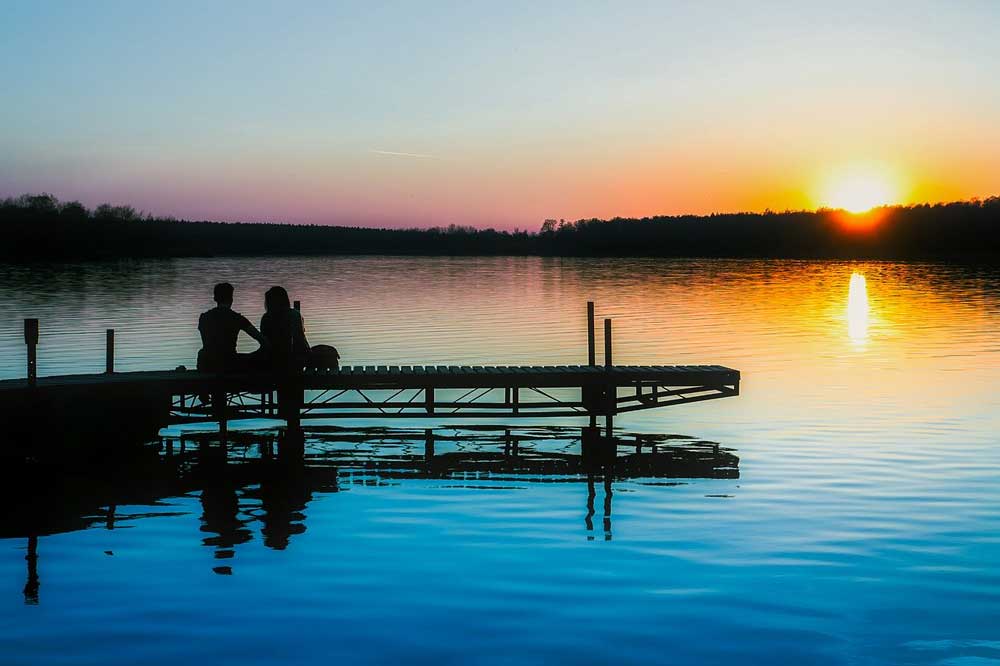
Finally, with construction complete, cleanup of the site can occur and final inspections can be arranged. From there you can decorate the interior of your home and focus on the landscaping. Most importantly, you can now enjoy the comfort of your new vacation home!
We hope you have enjoyed our article on how to build a vacation home. Be sure to explore other articles and resources on buying a vacation home and owning a vacation home.
